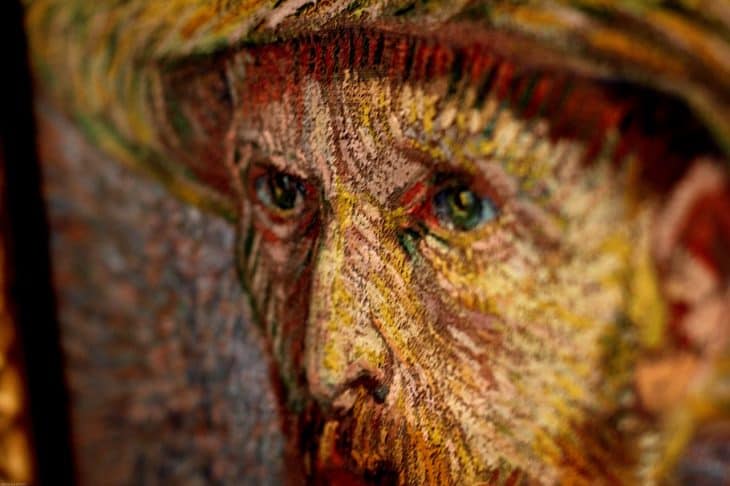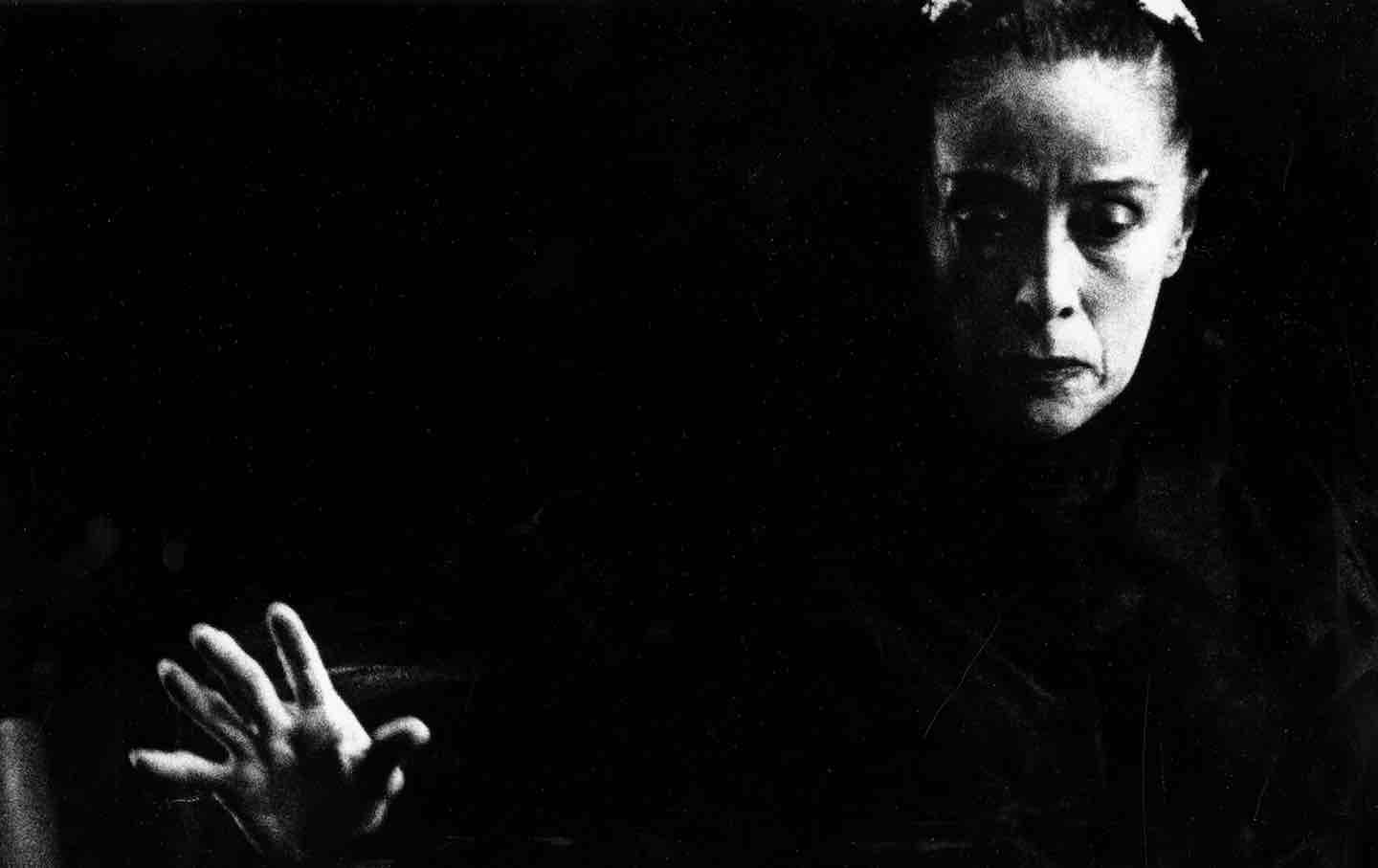
Many often overlook Vincent van Gogh facts. After all, most people romanticize the tragic life of an artist, even years after their death. Some have movies which portray them as the protagonist, while others have songs written about their journey, since everybody loves a wonderful story with a likable underdog. A prime example of a brokenly famous artist, who’d have exaggerations and false statements about his life, is Vincent van Gogh. Now scattered across the globe are his once worthless paintings.
Moreover, there have been songs written about his life. His post-impressionist style has created one-of-a-kind movies. TV shows, like Doctor Who, insisted on toying with our hearts by creating a fictional reality where Van Gogh could see the change he made in the world with his work, even years after his death.
He was also a member of a tightly knit circle of post-impressionists such as Monet and Pissarro. He befriended Paul Gauguin, another famous painter. Paul’s influence would become a debated source of Vincent’s misfortune. Many have claimed romantic involvement between Gauguin and Van Gogh because of the 1956 movie, Lust for Life. Meanwhile, others have been debating about Van Gogh’s suicide by gunshot. On another note, there have also been claims that he would eat yellow paint to feel happy.
Listed down here are 40 interesting Vincent van Gogh facts, and debunking all the rumors that went about after his grief-stricken life.
- They named Vincent after Vincent Willem, his parent’s stillborn.
- He was fluent in 4 languages: French, English, German, and Dutch.
- He produced about 900 paintings during his lifetime.
- His letters to his brother, Theo, amounted to 820.
- Vincent was 27-years-old when he pursued painting as a career.
- Vincent was born on the 30th of March 1853 and died on the 29th of July in 1890.
- His birthplace was Groot-Zundert, Holland.
- Yellow was his favorite color.
- Theo van Gogh, his brother, was his only regular customer and art dealer.
- He became posthumously famous.
- There is a museum made solely for his works alone named The Van Gogh Museum.
- Theodorus van Gogh and Anna Carbentus van Gogh were his parents.
- His death took place in Auvers-sur-Oise, France.
- Because of being poor, Theo subsidized him.
- Vincent struggled with fits of madness.
- Vincent’s former lover, Sien, named her son after him and is the only woman he ever lived with.
- Vincent’s portrait of his doctor, Portrait of Dr. Gachet, sold for $82.5 million at Christie’s auction house.
- One of his goals was to create a community of artists.
- A year before pursuing his artistic career, Vincent lived in poverty, with coal miners at Borinage, Belgium, where he had no contact with his family for 10 months.
- Vincent’s brother, Theo, died six months after him.
Was this page helpful?
Our commitment to delivering trustworthy and engaging content is at the heart of what we do. Each fact on our site is contributed by real users like you, bringing a wealth of diverse insights and information. To ensure the highest standards of accuracy and reliability, our dedicated editors meticulously review each submission. This process guarantees that the facts we share are not only fascinating but also credible. Trust in our commitment to quality and authenticity as you explore and learn with us.


